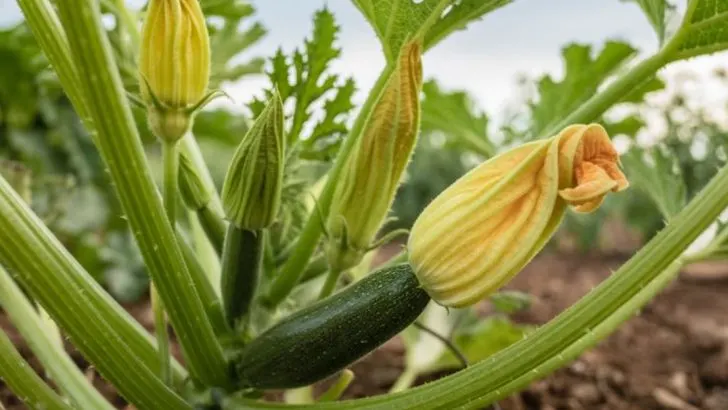Flowers aren’t just beautiful—they can also be delicious and nutritious! Many edible flowers offer unique flavors, vibrant colors, and even health benefits, making them a perfect addition to salads, teas, desserts, and homemade drinks. Whether you have a large garden or just a few pots on a balcony, growing edible flowers is an easy and rewarding way to elevate your home cooking.
From the spicy kick of nasturtiums to the sweet floral notes of violets, these blooms can add flavor, fragrance, and visual appeal to your meals. Plus, many edible flowers also attract pollinators, helping your garden thrive naturally.
In this article, we’ll introduce you to 20 edible flowers that are easy to grow and perfect for adding beauty and flavor to your everyday dishes.
Nasturtiums
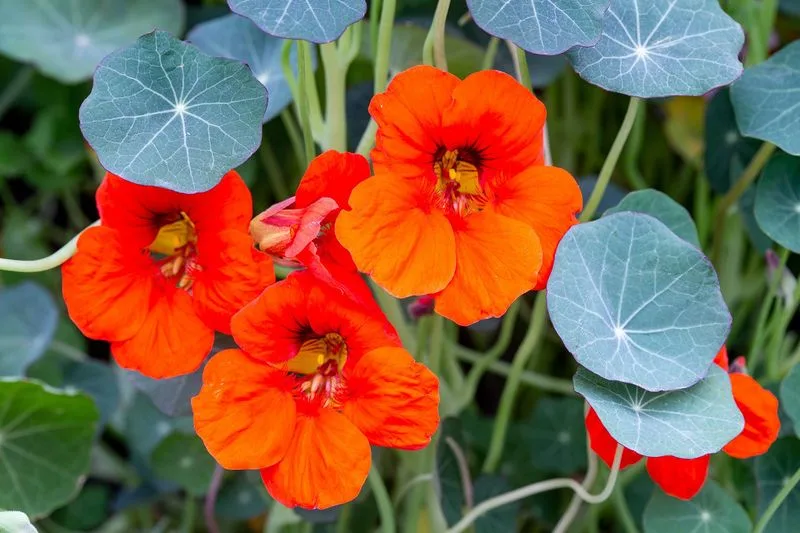
Peppery and bright, these annuals are as easy to grow as they are to enjoy. Nasturtiums thrive in poor soil, making them a resilient choice for beginners. Their vivid blossoms add a splash of color to salads and can be used to garnish a variety of dishes. Try planting them in containers or as companion plants in vegetable gardens. Their trailing habit makes them ideal for hanging baskets or ground cover. Plus, they attract beneficial insects, adding to their garden charm. Just be sure to water them regularly and enjoy their spicy goodness.
Calendula
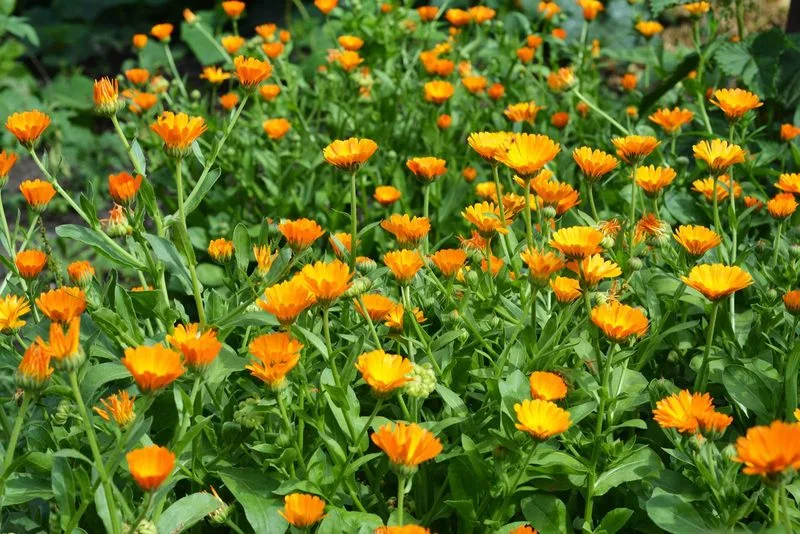
Calendulas, often called pot marigolds, are celebrated for their sunny petals that bring cheer to gardens and kitchens alike. Their petals have a subtle spicy flavor, perfect for adding color to salads, soups, and even rice dishes. These hardy annuals thrive in sunny spots and are known for their vibrant, continuous blooms throughout summer. Easy to care for, they require regular deadheading to promote further flowering. Their cheerful presence is not only visually uplifting but also beneficial in repelling garden pests, making them a dual-purpose delight.
Borage
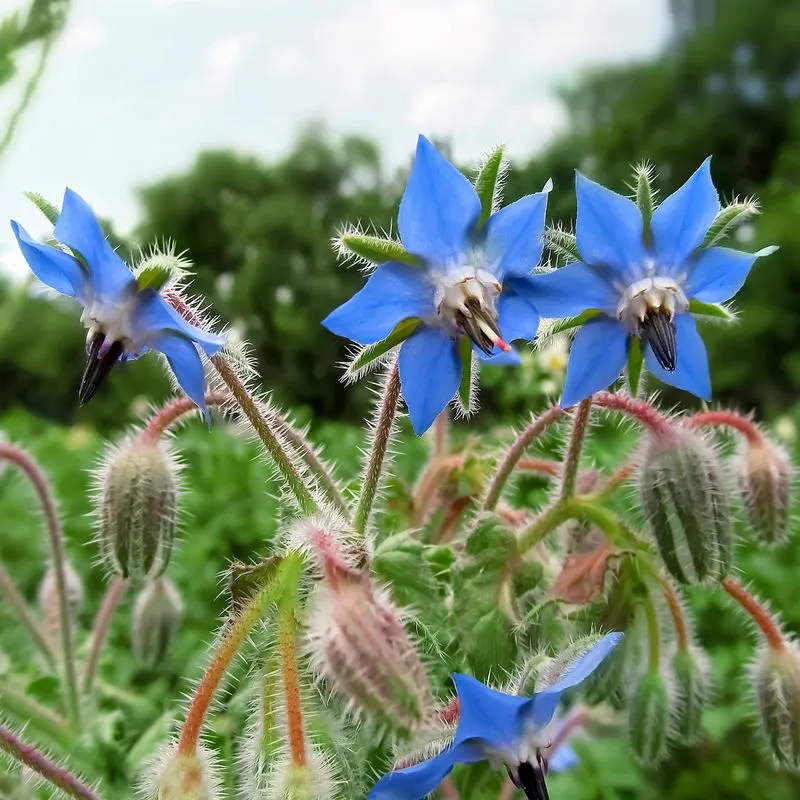
Borage presents star-shaped blue flowers that not only look beautiful but also offer a mild cucumber taste. Ideal for garnishing summer beverages or flavoring salads, borage is a favorite among gardeners. It’s a self-seeder, meaning once planted, it returns year after year with minimal effort. This plant thrives in well-drained soil, preferring full sun but tolerating partial shade. Besides its culinary uses, borage attracts pollinators like bees, enhancing your garden’s biodiversity. Its unique flavor and aesthetic appeal make it a standout choice in edible gardening.
Violas
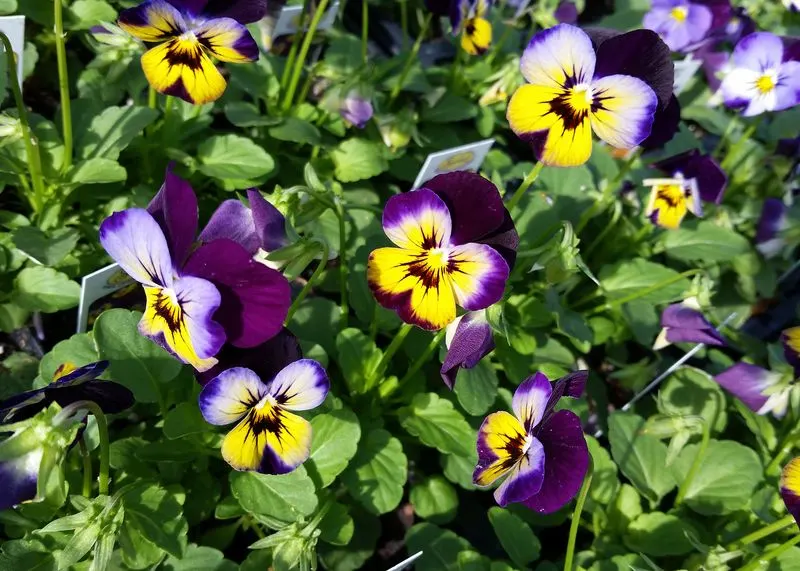
Charming and petite, violas are perfect for adding a splash of color to your meals. Known for their sweet fragrance, violas offer a mild, lettuce-like flavor. They make an excellent addition to desserts, salads, and beverages. These hardy little flowers thrive in cool weather, making them perfect for early spring and fall gardens. Violas prefer partial shade and well-drained soil. Regular watering and deadheading ensure continuous blooming. Their dainty appearance and subtle taste are sure to win hearts in both garden and kitchen.
Chive Blossoms
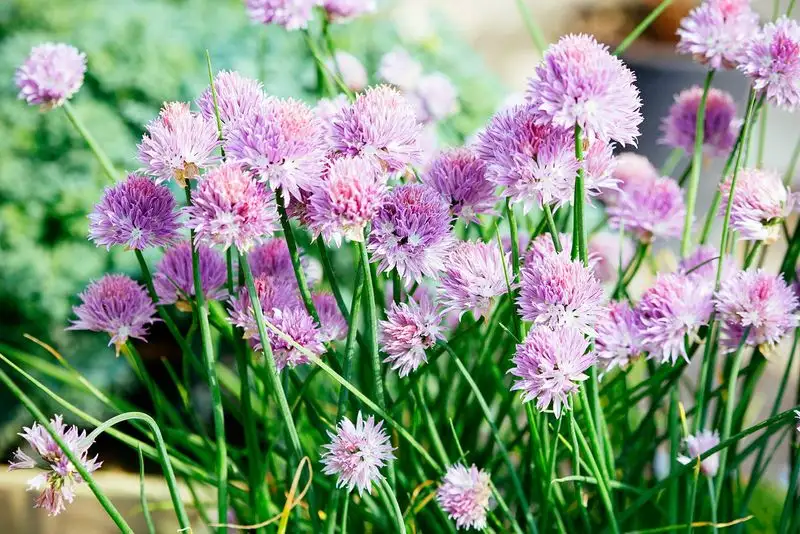
Chive blossoms are as delightful as their onion-flavored stems. These lavender-colored flowers add a mild onion taste to dishes, making them perfect for garnishing salads, soups, and omelets. Chives are perennial herbs, thriving in sunny spots with well-drained soil. They require minimal care, only needing regular watering and occasional division to prevent overcrowding. Besides being tasty, their blossoms attract pollinators, contributing to a healthy garden ecosystem. Harvest the flowers when in full bloom for the best flavor and enjoy their subtle culinary touch.
Hibiscus
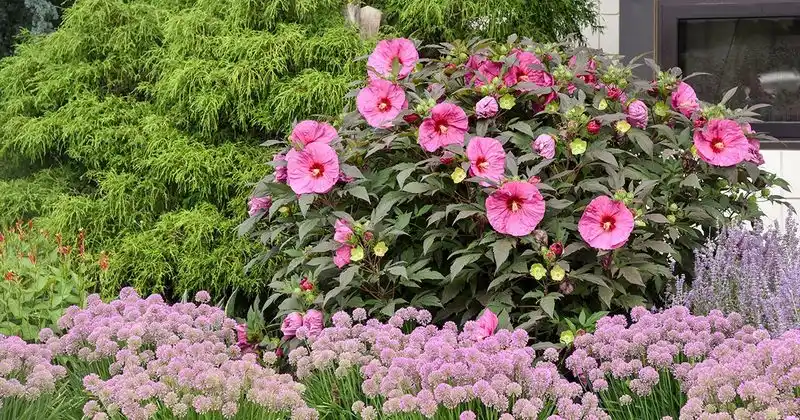
Known for its dramatic, large blooms, hibiscus offers a tart flavor reminiscent of cranberries. These blossoms are popular in teas, adding a refreshing tang and vibrant color. Hibiscus thrives in warm climates, enjoying full sun and well-drained soil. Regular watering encourages continuous flowering, while pruning keeps the plant manageable. Beyond its culinary uses, hibiscus adds tropical flair to gardens with its striking appearance. Its versatile uses and stunning look make hibiscus a highly desirable choice for edible landscaping, delighting both gardeners and chefs.
Marigolds
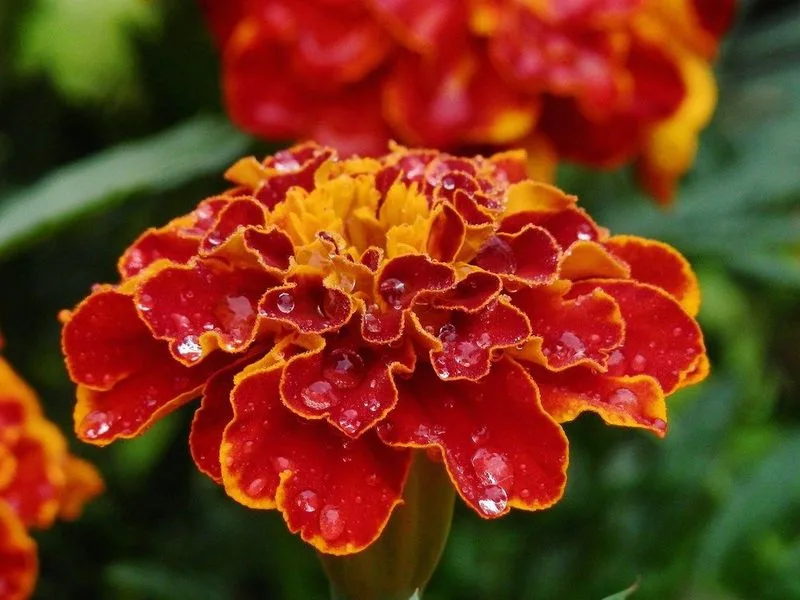
Marigolds, with their bright and cheerful blooms, offer more than just garden beauty. Their petals have a citrusy flavor, perfect for adding zest to salads and dishes. Marigolds are easy to grow annuals, thriving in sunny locations with well-drained soil. They require minimal maintenance, making them ideal for gardeners of all levels. Regular deadheading promotes more blooms. Known for deterring pests, marigolds serve a dual purpose in gardens. Their colorful presence and unique taste make them a favorite for both ornamental and edible purposes.
Lavender

Famous for its calming scent, lavender also offers a subtle floral flavor beneficial in culinary creations. Suitable for desserts, teas, and savory dishes, its blossoms add a unique twist. Lavender prefers sunny, well-drained spots, thriving in both gardens and pots. Regular pruning encourages a bushy growth, while moderate watering keeps it healthy. Besides its culinary uses, lavender is known for repelling insects and adding a serene touch to gardens. Its aromatic and flavorful contributions make it a versatile choice for home gardeners.
Pansies
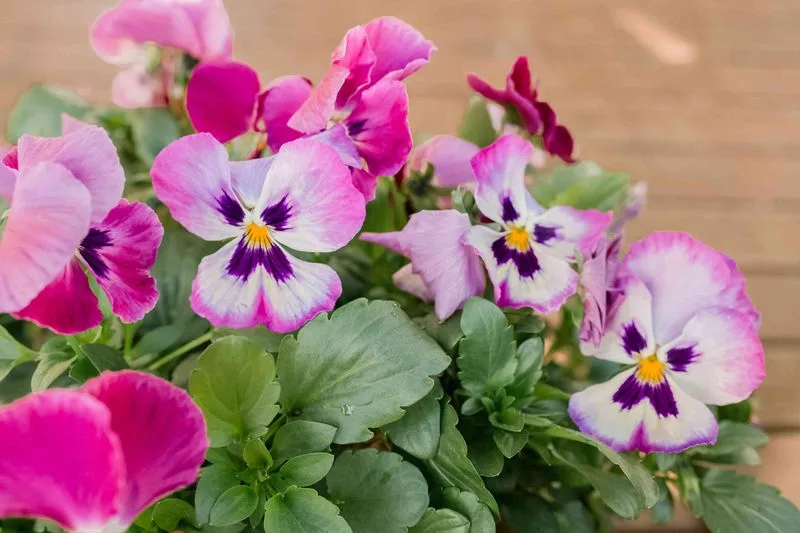
Pansies bring vibrant hues and a mild, sweet flavor to your garden and table. Their velvety petals are edible, making them an elegant garnish for salads, desserts, and drinks. Pansies thrive in cooler climates, preferring partial shade and well-drained soil. These hardy annuals require regular watering and deadheading for continuous blooms. Their cheerful presence brightens up any garden space, while their subtle taste adds a delightful touch to culinary creations. With minimal care, pansies offer both aesthetic and edible delights.
Rose Petals
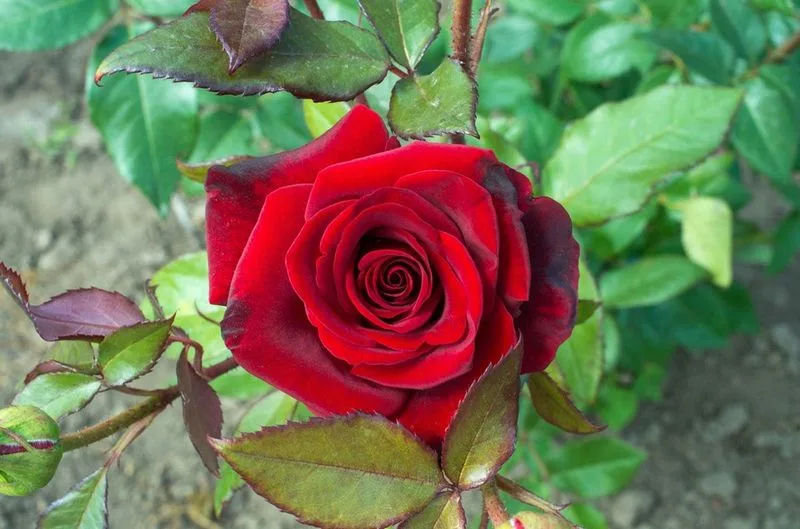
Rose petals are not only fragrant but also edible, offering a sweet, floral flavor. They can be used to make syrups, jams, or as a delicate garnish. Roses prefer sunny locations and well-drained soil, requiring regular watering and deadheading. Pruning in early spring encourages healthy growth and abundant blooms. When using for culinary purposes, ensure the roses are free from pesticides. Their romantic appeal and lovely taste make rose petals a charming addition to both garden and kitchen, offering a touch of elegance.
Dandelions
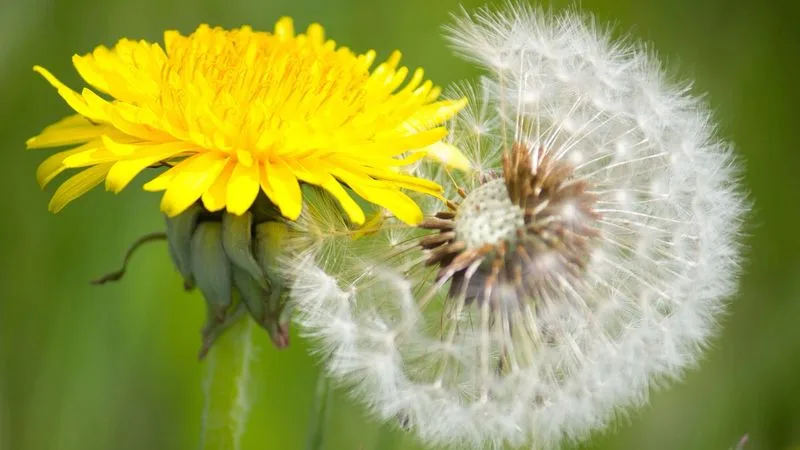
Often mistaken as weeds, dandelions are edible and packed with nutrients. Their slightly bitter flowers add a unique twist to salads, teas, and even wines. Dandelions thrive in various climates, making them easy to grow. They prefer sunny spots and can withstand poor soil conditions. Besides their culinary uses, dandelions are known for their health benefits, offering vitamins and antioxidants. Regular harvesting encourages new growth, ensuring a continuous supply. Transform these humble flowers into delightful additions to your meals.
Squash Blossoms
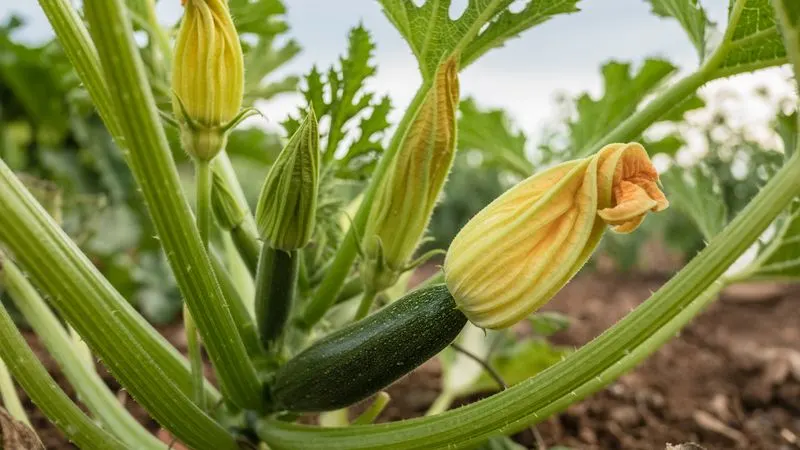
Squash blossoms are a delicacy, often enjoyed stuffed or fried. Their mild squash flavor pairs beautifully with cheeses and herbs. These blossoms come from zucchini and other squash plants, thriving in warm, sunny gardens. Squash plants require fertile soil and consistent watering to produce abundant blooms. Harvest the blossoms in the morning when they’re freshest. Beyond their delightful taste, squash blossoms add visual appeal to dishes, making them a culinary treat. Their unique flavor and versatility are sure to impress in both garden and kitchen.
Sunflowers
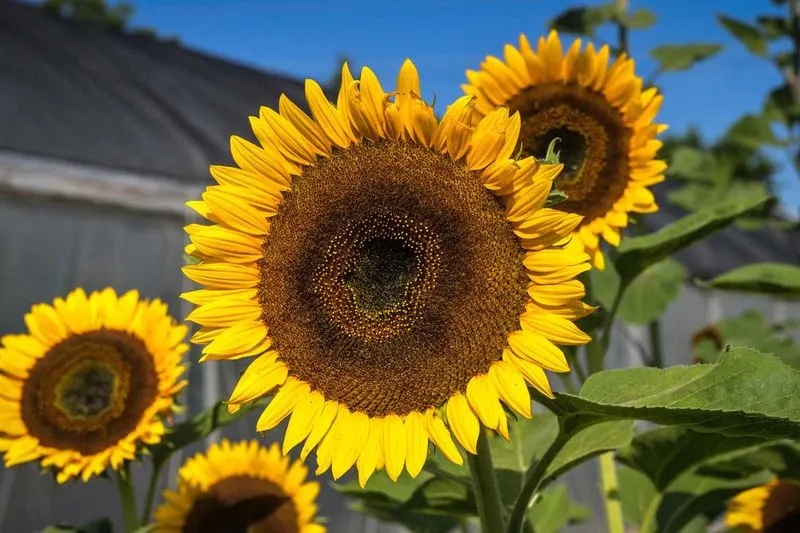
Sunflowers are more than just towering beauties. Their petals, while slightly bitter, can be used in salads or as garnishes. Sunflowers thrive in sunny locations with well-drained soil, growing tall with minimal care. They require regular watering and support to ensure healthy growth. Beyond their edible petals, sunflower seeds are a nutritious snack, loved by both humans and wildlife. These iconic flowers bring joy to gardens with their bright, cheerful faces, offering both visual and edible benefits that are hard to resist.
Bee Balm
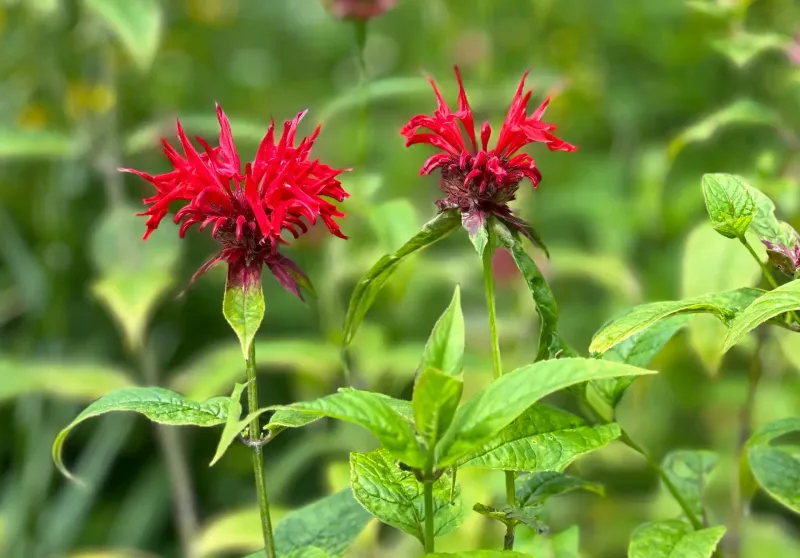
Bee balm, known for attracting pollinators, also offers edible flowers with a minty flavor. Perfect for teas, salads, and desserts, these blossoms add a refreshing twist. Bee balm thrives in sunny spots with well-drained soil, blooming throughout summer. Regular pruning encourages bushy growth and continuous flowering. Besides its culinary uses, bee balm’s flowers make a stunning addition to bouquets. Its dual role in attracting beneficial insects and providing edible flowers makes bee balm a valuable addition to any garden.
Violets
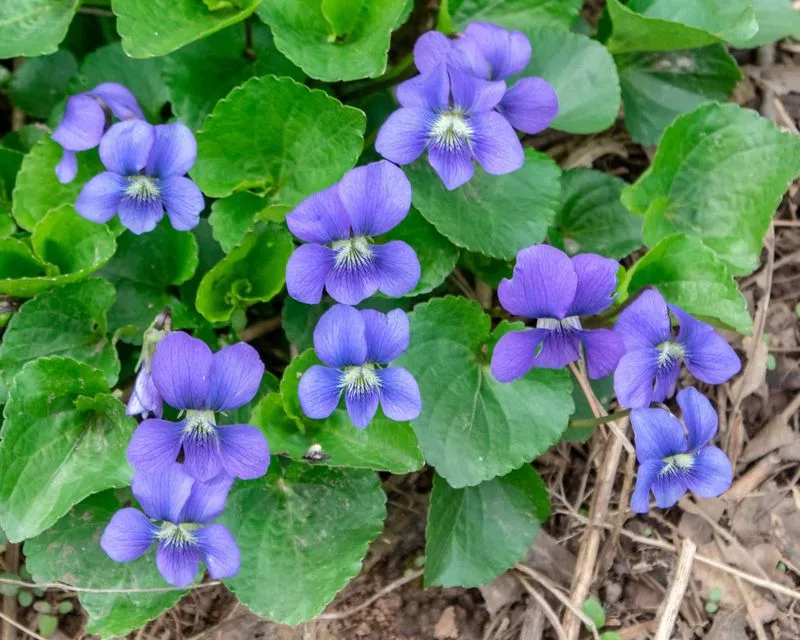
Violets are charming, with edible flowers that have a sweet, floral taste. These delicate blossoms are perfect for decorating cakes, cookies, and salads. Violets prefer cool, shaded areas with rich, moist soil. They require regular watering to maintain their lush appearance. Beyond their beauty, violets are a symbol of spring, bringing a fresh start to gardens. Their lovely aroma and versatile culinary uses make violets a favorite among edible flowers, offering both sensory and aesthetic pleasures in the garden and beyond.
Chamomile
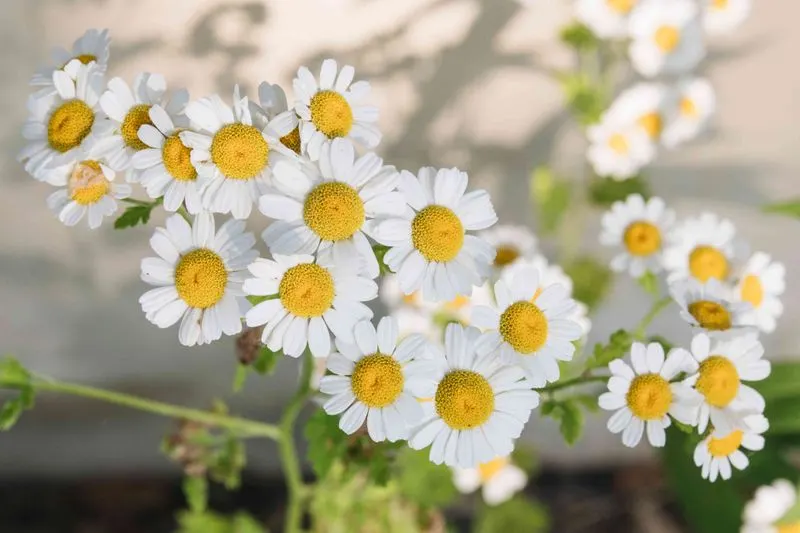
Chamomile is renowned for its calming properties and delicate, apple-like flavor. Its tiny daisy-like flowers are mainly used in teas, offering a soothing experience. Chamomile thrives in well-drained soil and sunny locations, requiring minimal care. Regular harvesting of the flowers ensures a continuous supply for drying. Besides its use in teas, chamomile adds gentle flavor to desserts and syrups. Its aromatic presence and gentle charm make chamomile a beloved choice for herbal gardens, providing both relaxation and culinary delight.
Daylilies
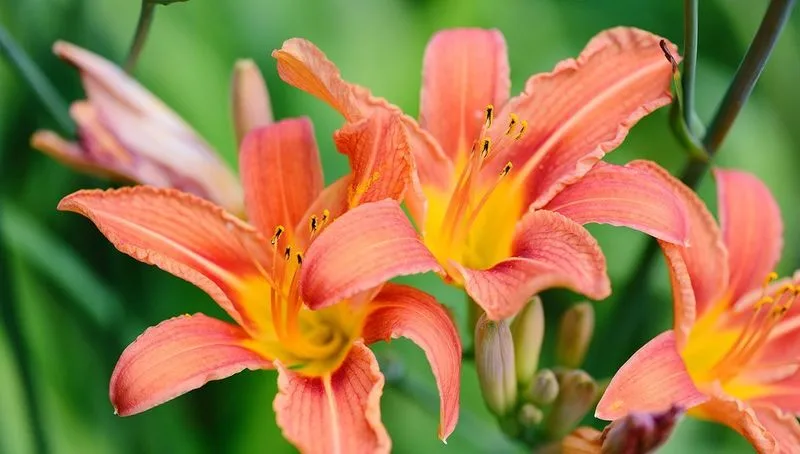
Daylilies are not just ornamental but also edible. Their crisp, sweet petals are often used in salads and stir-fries. These hardy perennials thrive in sunny or partially shaded areas, preferring well-drained soil. Daylilies require minimal maintenance, making them ideal for low-maintenance gardening. Ensure to pick the flowers in the morning for the best flavor. Their vibrant colors and unique taste make daylilies an exciting addition to both garden and kitchen, offering visual appeal and culinary diversity.
Pea Blossoms
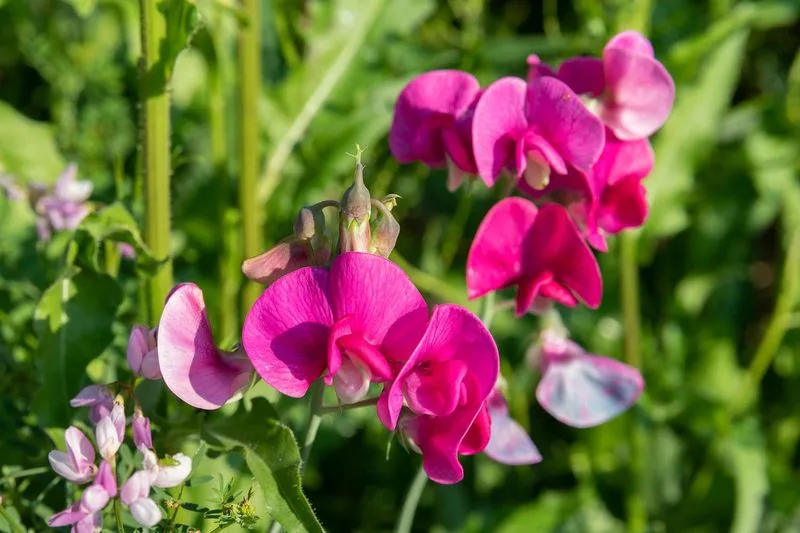
Pea blossoms are delicate and sweet, echoing the taste of fresh peas. These edible flowers are delightful in salads or as garnishes. Pea plants thrive in cool weather, requiring well-drained soil and regular moisture. Support structures help them climb and produce more flowers. Their blossoms are a precursor to fresh pea pods, offering both beauty and a promise of harvest. Pea blossoms are a charming addition to edible gardens, providing a taste of spring and a glimpse into the bounty to come.
Primroses
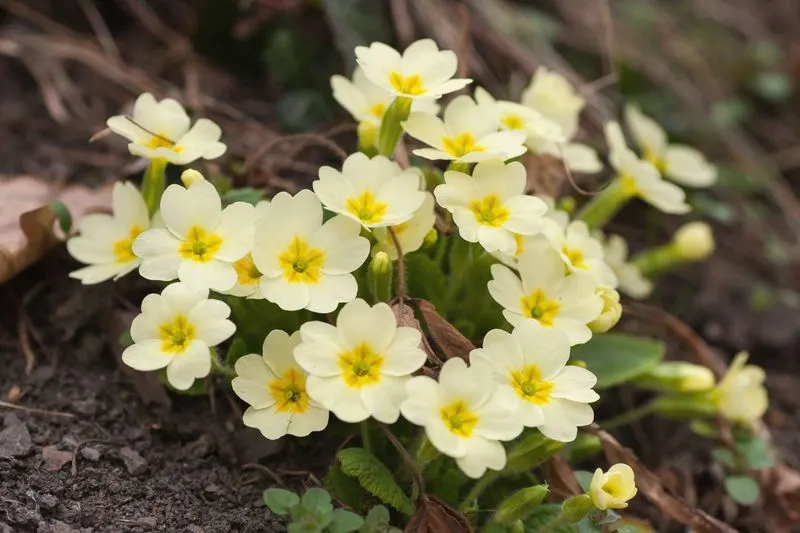
Primroses are early bloomers, offering edible flowers with a slightly sweet flavor. Ideal for garnishing salads or desserts, their vibrant petals bring a touch of spring to dishes. Primroses prefer cool, shaded environments with rich, well-drained soil. They require regular watering to maintain their lush blooms. Beyond their culinary uses, primroses add cheerful colors to garden beds, brightening the dull days of early spring. Their delicate beauty and subtle flavor make them a delightful choice for both decoration and dining.
Clover

Clover flowers, often seen as common, are indeed edible and offer a sweet, floral taste. Used in teas, salads, and syrups, they add a unique twist to traditional flavors. Clover thrives in a variety of soils, making it easy to grow in lawns or garden beds. These flowers attract pollinators, enhancing garden health. Regular mowing or clipping encourages continuous blooming. Clover’s simplicity and versatility make it a surprising yet worthwhile addition to edible gardens, offering both flavor and environmental benefits.

